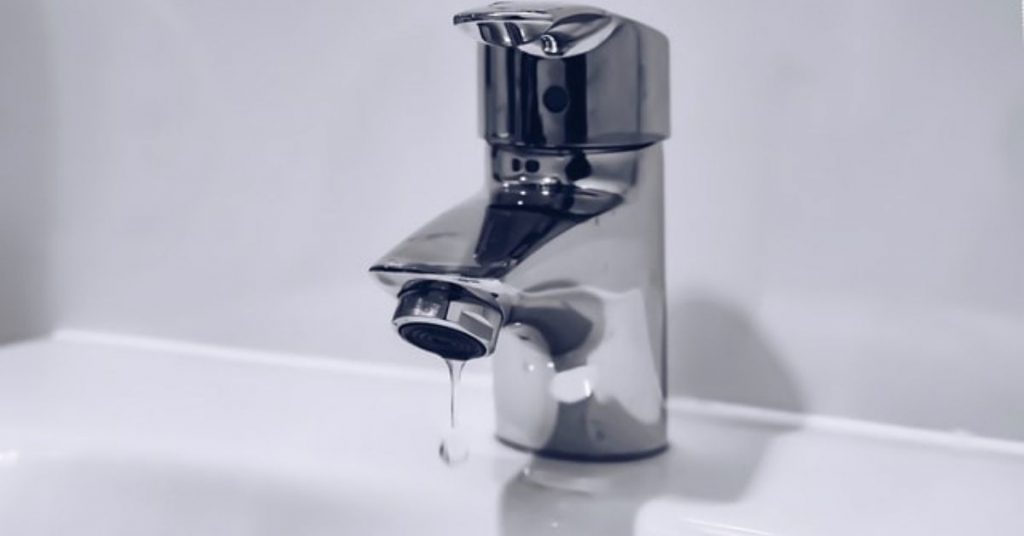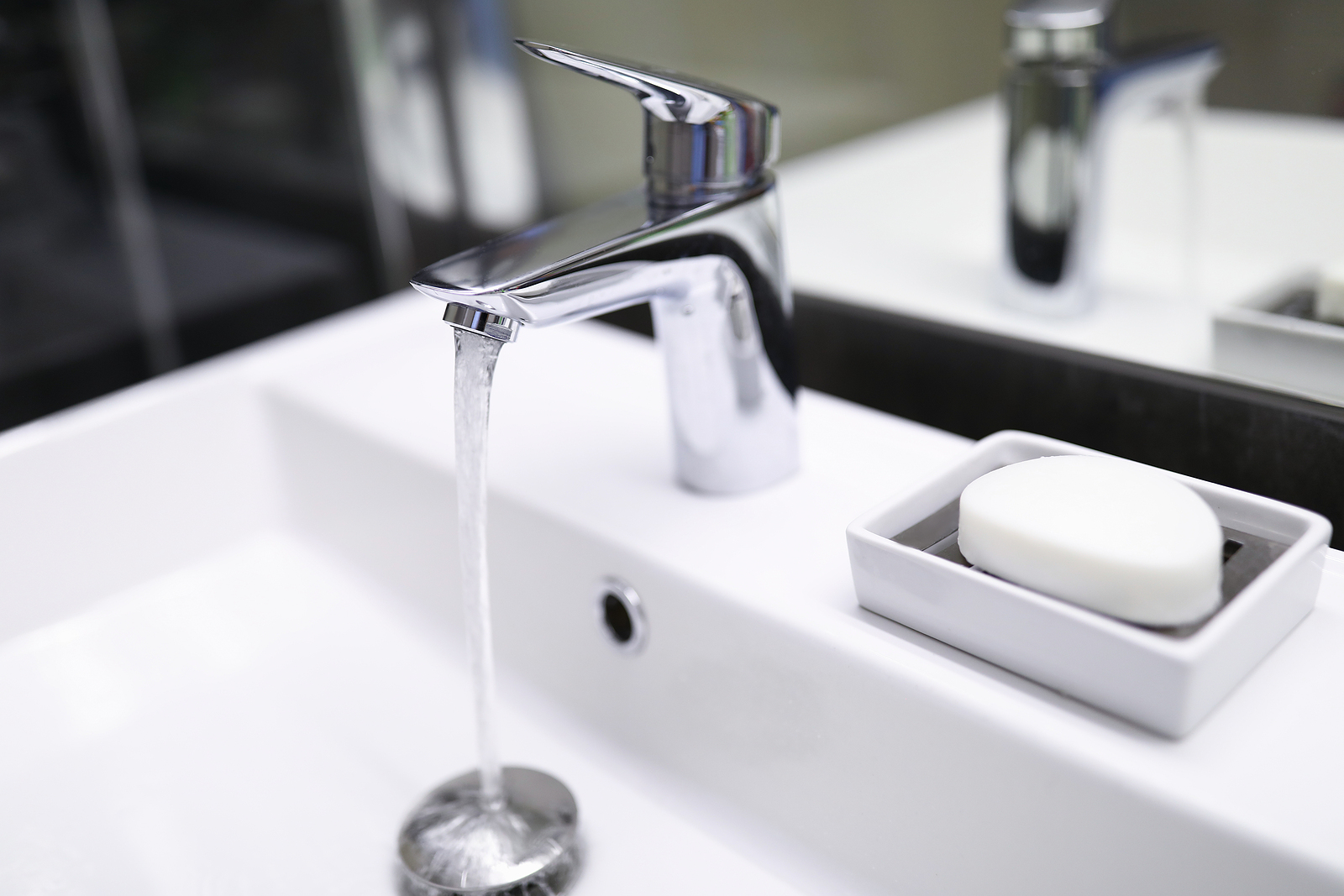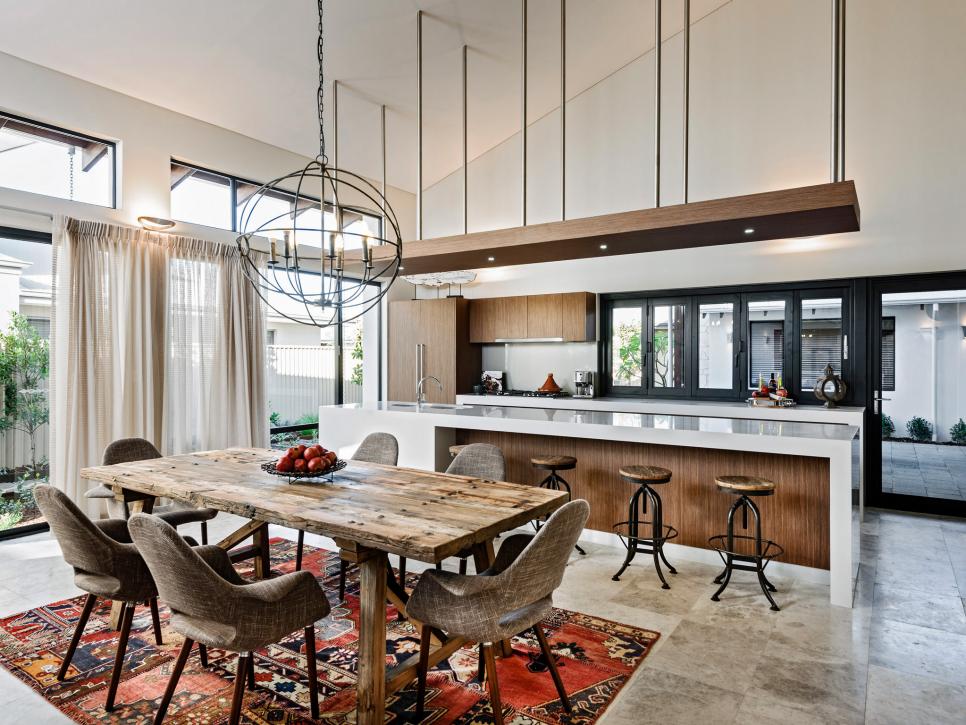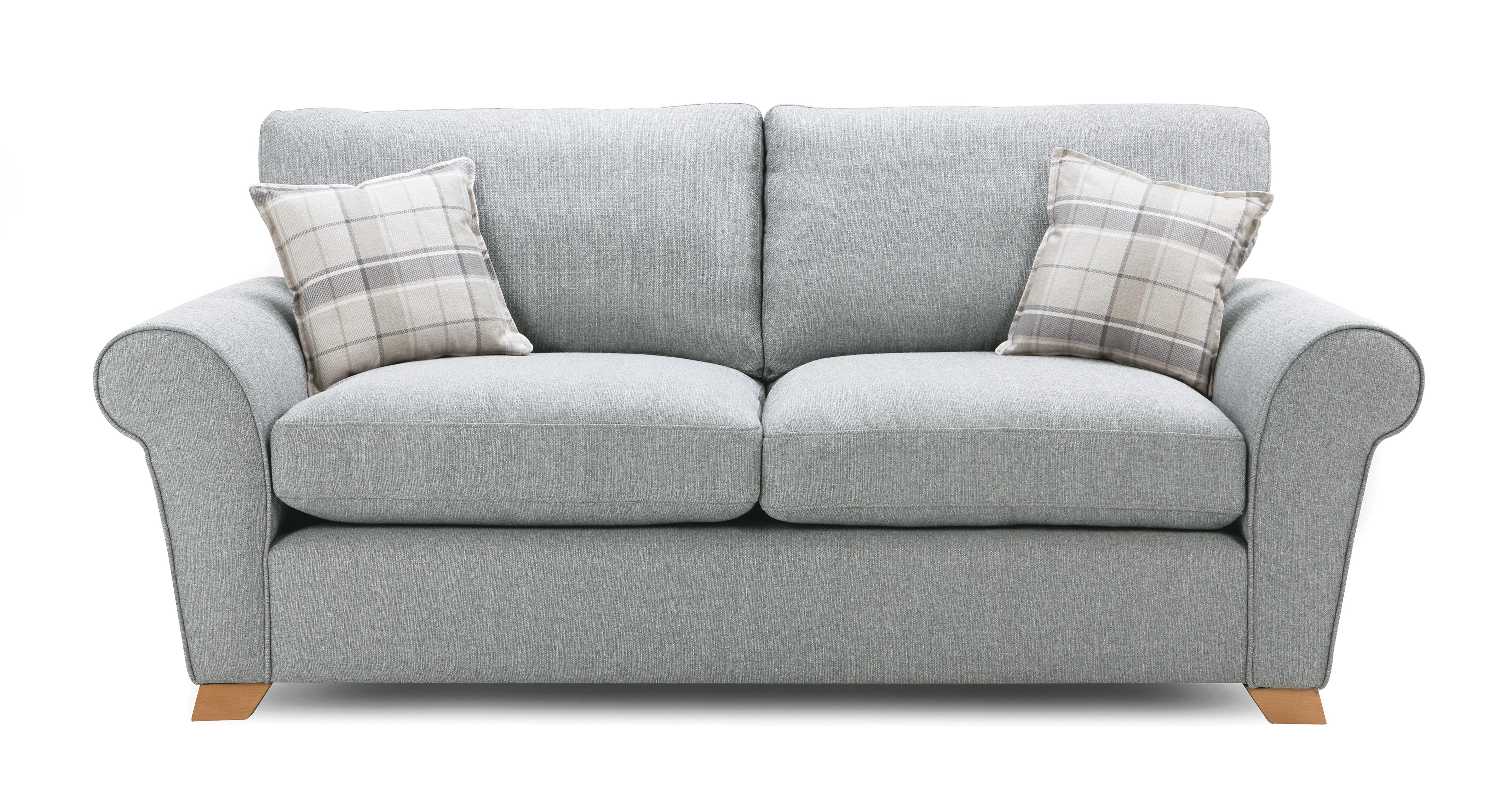Dealing with low water pressure in your bathroom sink can be frustrating and inconvenient. It can make simple tasks like washing your hands or brushing your teeth a time-consuming chore. But before you call a plumber, it's important to understand the possible causes and solutions for low water pressure in your bathroom sink.Low Water Pressure in Bathroom Sink: Causes and Solutions
If you're experiencing low water pressure in your bathroom sink, the first step is to check if the issue is isolated to just that sink or if it's affecting all the faucets in your home. If it's only happening in the bathroom sink, the problem is likely with the sink itself. Here are some possible causes and solutions:How to Fix Low Water Pressure in Your Bathroom Sink
1. Clogged aerator: The aerator is a small mesh screen at the end of the faucet that helps regulate water flow. Over time, it can become clogged with mineral deposits and debris, causing low water pressure. You can remove the aerator and clean it with a toothbrush or replace it with a new one. 2. Faulty shut-off valves: Every sink has a shut-off valve, which controls the flow of water to the faucet. If this valve is partially closed or malfunctioning, it can restrict water flow and cause low pressure. Check to make sure the valve is fully open and functioning properly. 3. Corroded pipes: Over time, pipes can corrode and develop buildup, which can restrict water flow. If your home has old pipes, this could be a likely cause of low water pressure. It's best to have a professional plumber inspect and replace any corroded pipes. 4. Water main issues: If you're experiencing low water pressure throughout your home, the problem could be with the water main. This is a more serious issue that requires the expertise of a plumber to diagnose and fix. 5. Water pressure regulator: Every home has a water pressure regulator, which ensures that the water pressure is not too high. If this regulator is not functioning properly, it can cause low water pressure. It's best to have a professional plumber check and adjust the water pressure regulator.5 Common Causes of Low Water Pressure in Bathroom Sinks
If the above solutions do not fix the low water pressure in your bathroom sink, there may be a more serious underlying issue. It's best to troubleshoot the problem by following these steps: - Check if the water pressure is low in both hot and cold water. If it's only affecting one, the issue is likely with that specific faucet. - Inspect the pipes under your sink for any leaks or damage that could be causing low water pressure. - If you have hard water, mineral buildup in the pipes could be the cause. You can flush out the pipes with a vinegar solution to help dissolve the buildup. - If you live in an older home, the plumbing system may need to be updated to improve water flow and pressure.Troubleshooting Low Water Pressure in Bathroom Sink
If you've exhausted all troubleshooting options and are still experiencing low water pressure in your bathroom sink, it may be time to consider increasing the water pressure. Here are some possible solutions: - Install a water pressure booster: This is a device that helps increase water pressure in your home. - Replace the pipes: Old and corroded pipes can greatly affect water pressure. Replacing them with new, larger pipes can help increase water flow and pressure. - Upgrade your plumbing system: If your home has outdated plumbing, it may be time to invest in a modern plumbing system, which can greatly improve water pressure.How to Increase Water Pressure in Bathroom Sink
If you're looking for a quick fix for low water pressure in your bathroom sink, here are some simple solutions: - Clean the aerator: As mentioned before, a clogged aerator can greatly affect water flow. Regularly cleaning or replacing the aerator can help maintain good water pressure. - Adjust the shut-off valves: If the shut-off valves are not fully open, it can restrict water flow. Make sure they are all the way open to ensure proper water pressure. - Use a water-saving faucet: Some faucets are designed to save water, which can also result in lower water pressure. Consider switching to a faucet with a higher flow rate.Simple Fixes for Low Water Pressure in Bathroom Sink
Having low water pressure in your bathroom sink can be a nuisance, but understanding the causes and solutions can help you effectively fix the issue. By troubleshooting and considering possible upgrades, you can improve water pressure and make daily tasks in the bathroom much easier.Understanding and Fixing Low Water Pressure in Bathroom Sink
Here are some additional tips for dealing with low water pressure in your bathroom sink: - Regularly clean the aerator and replace it if necessary. - Check and adjust the shut-off valves as needed. - Consider upgrading your plumbing system if you live in an older home. - If you're experiencing low water pressure throughout your home, consult a professional plumber for a water pressure test and potential solutions.Tips for Dealing with Low Water Pressure in Bathroom Sink
Some common solutions for low water pressure in bathroom sinks include: - Cleaning or replacing the aerator. - Checking and adjusting the shut-off valves. - Flushing out pipes with a vinegar solution. - Installing a water pressure booster or upgrading the plumbing system.Common Solutions for Low Water Pressure in Bathroom Sink
If you're experiencing low water pressure in your bathroom sink, it's important to properly diagnose and fix the issue. By troubleshooting, checking for leaks, and considering potential upgrades, you can effectively increase water pressure and make daily tasks in the bathroom much easier. In conclusion, low water pressure in your bathroom sink can be caused by various factors, but it's important to properly identify and address the issue to improve water flow and pressure. By regularly maintaining your plumbing system and considering possible upgrades, you can ensure good water pressure in your bathroom sink for years to come.How to Diagnose and Fix Low Water Pressure in Bathroom Sink
Why Is My Bathroom Sink Pressure Low?

Possible Causes and Solutions
 If you have noticed that the water pressure in your bathroom sink is not as strong as it used to be, you may be wondering what could be causing this issue. Low water pressure can be a frustrating problem, especially when you need to quickly wash your hands or brush your teeth. But fear not, there are several possible causes for low bathroom sink pressure and ways to fix it.
Clogged Aerators
One of the most common causes of low bathroom sink pressure is a clogged aerator. The aerator is the small mesh cap at the end of your faucet that mixes air with the water to create a smooth flow. Over time, mineral deposits and debris can build up in the aerator, causing it to clog and restrict water flow. To fix this issue, you can remove the aerator and clean it with a mixture of vinegar and water. This will dissolve any build-up and restore the water pressure.
Old Pipes
Another possible cause of low bathroom sink pressure is old and corroded pipes. Over time, minerals and sediments can build up inside the pipes, causing them to narrow and restrict water flow. If you have an older home, this may be the reason for your low water pressure. In this case, it may be necessary to replace the pipes in order to restore the water pressure.
Water Leak
A water leak in your bathroom sink can also lead to low water pressure. Even a small leak can cause a significant decrease in water pressure over time. If you suspect a leak, check the pipes under your sink for signs of water damage or call a plumber to assess the issue. Fixing a leak will not only improve your water pressure but also save you money on your water bill.
Water Supply Issue
In some cases, the issue may not be with your sink at all, but rather with your water supply. If you live in an area with low water pressure, this can affect the pressure in your bathroom sink. You can check with your local water company to see if there are any known issues with the water supply in your area. If this is the case, there may not be much you can do to improve the water pressure, but it is always worth checking.
In conclusion, there are several possible causes for low water pressure in your bathroom sink. By checking and addressing these common issues, you can restore the water pressure and improve your overall bathroom sink experience. If the problem persists, it is best to consult a professional plumber to identify the cause and find a solution. Don't let low water pressure dampen your daily routine, take action and enjoy a strong and steady flow from your bathroom sink once again.
If you have noticed that the water pressure in your bathroom sink is not as strong as it used to be, you may be wondering what could be causing this issue. Low water pressure can be a frustrating problem, especially when you need to quickly wash your hands or brush your teeth. But fear not, there are several possible causes for low bathroom sink pressure and ways to fix it.
Clogged Aerators
One of the most common causes of low bathroom sink pressure is a clogged aerator. The aerator is the small mesh cap at the end of your faucet that mixes air with the water to create a smooth flow. Over time, mineral deposits and debris can build up in the aerator, causing it to clog and restrict water flow. To fix this issue, you can remove the aerator and clean it with a mixture of vinegar and water. This will dissolve any build-up and restore the water pressure.
Old Pipes
Another possible cause of low bathroom sink pressure is old and corroded pipes. Over time, minerals and sediments can build up inside the pipes, causing them to narrow and restrict water flow. If you have an older home, this may be the reason for your low water pressure. In this case, it may be necessary to replace the pipes in order to restore the water pressure.
Water Leak
A water leak in your bathroom sink can also lead to low water pressure. Even a small leak can cause a significant decrease in water pressure over time. If you suspect a leak, check the pipes under your sink for signs of water damage or call a plumber to assess the issue. Fixing a leak will not only improve your water pressure but also save you money on your water bill.
Water Supply Issue
In some cases, the issue may not be with your sink at all, but rather with your water supply. If you live in an area with low water pressure, this can affect the pressure in your bathroom sink. You can check with your local water company to see if there are any known issues with the water supply in your area. If this is the case, there may not be much you can do to improve the water pressure, but it is always worth checking.
In conclusion, there are several possible causes for low water pressure in your bathroom sink. By checking and addressing these common issues, you can restore the water pressure and improve your overall bathroom sink experience. If the problem persists, it is best to consult a professional plumber to identify the cause and find a solution. Don't let low water pressure dampen your daily routine, take action and enjoy a strong and steady flow from your bathroom sink once again.

























:max_bytes(150000):strip_icc()/home-water-pressure-problems-2718730-v4-3639a1eeda0945239e64b0fe6b6d3401.gif)



















:max_bytes(150000):strip_icc()/increase-low-shower-pressure-4052359_FINAL_01-6ece340f72f74bf9ae59e4192b03c0bc.png)



















